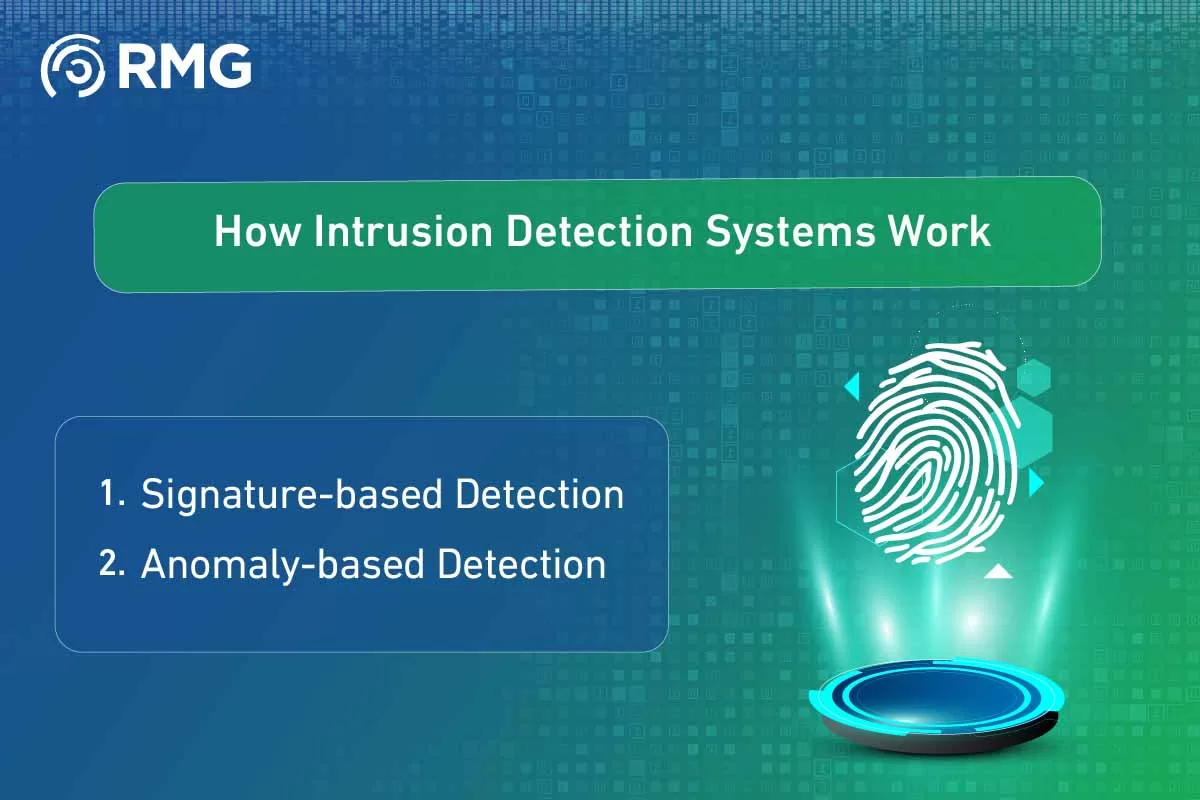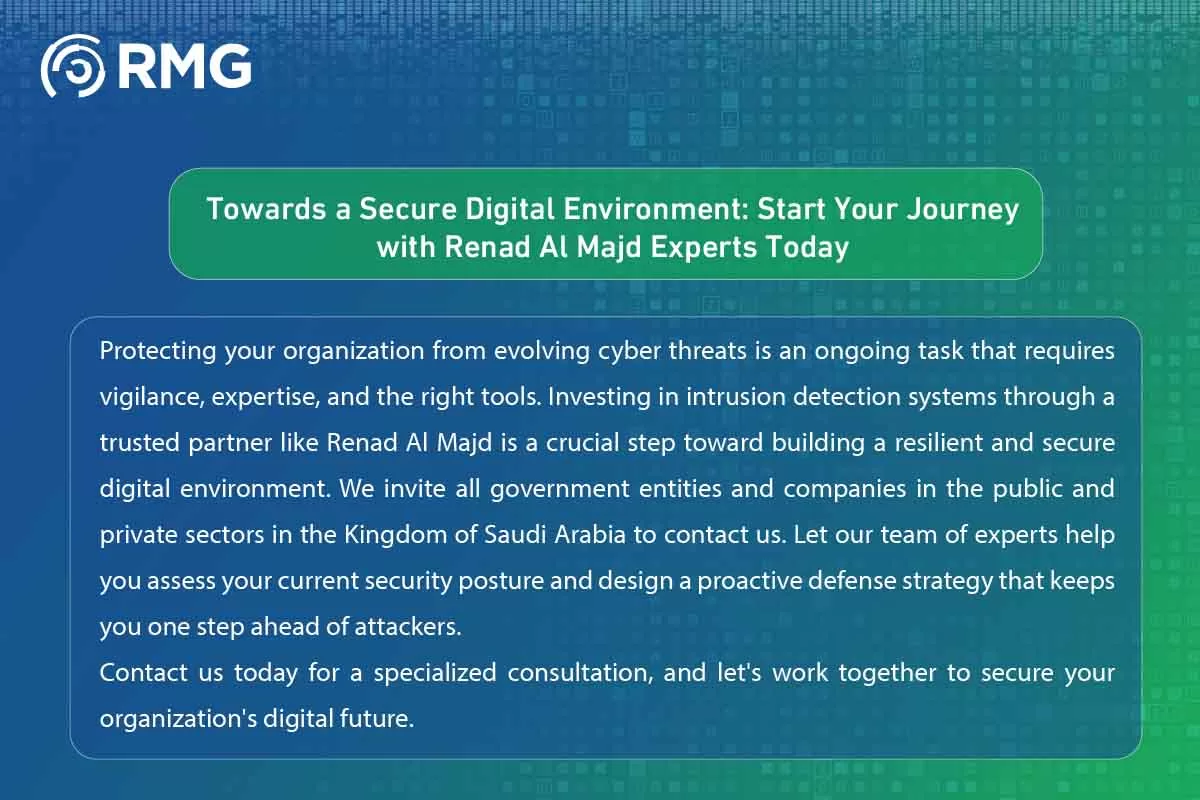Blog Body
Discover how Intrusion Detection Systems (IDS) serve as a proactive line of defense to protect your organization’s networks and data in Saudi Arabia. These advanced solutions monitor and analyze cyber threats before they can escalate into a crisis. Secure your digital assets today.
What Are Intrusion Detection Systems (IDS) and Why Are They So Crucial?
At the heart of any modern enterprise’s digital infrastructure lies the imperative need to secure data flow and protect critical assets. This is where Intrusion Detection Systems (IDS) emerge as a fundamental component of a comprehensive cybersecurity strategy. Simply put, an IDS is a device or software application that monitors network traffic or specific system activities for any signs of malicious activity or security policy violations.
Unlike firewalls, which are designed to prevent unauthorized access, the primary role of an IDS is to monitor, analyze, and issue alerts. They act as silent, round-the-clock digital surveillance cameras, providing deep insight into what is happening within your network. By promptly alerting security teams upon detecting a potential threat, they provide invaluable time to respond before damage occurs.

How Intrusion Detection Systems Work: Detecting Cyber Threats
The effectiveness of an IDS relies on two primary methodologies for detecting suspicious activity. Each has its own strengths, making it suitable for different scenarios. Understanding these two mechanisms is essential for choosing the right solution for government and private sector enterprises in the Kingdom.
Signature-based Detection: This method works similarly to traditional antivirus software. The system is equipped with a large database of “signatures” for known attacks and malware. A signature is a unique pattern or byte sequence that identifies a specific threat. The IDS compares every data packet passing through the network or every system activity against these signatures. If any activity matches a known signature, an immediate alert is triggered. This method is highly effective at detecting known and documented threats but is unable to detect new or “Zero-day attacks.”
Anomaly-based Detection: This method takes a smarter, more proactive approach. Instead of searching for known threats, it establishes a “baseline” of normal network or system behavior. Using machine learning and statistical analysis, the system learns typical traffic patterns, user behavior, and resource usage during normal operations. Any significant deviation from this recorded normal behavior—such as an employee attempting to access sensitive servers outside of working hours or a sudden, unexplained spike in outbound data traffic—is considered an anomaly and triggers an alert. This methodology is very powerful for detecting new and unknown attacks, but it can sometimes produce “False Positives” if a legitimate, but previously unrecorded, behavior occurs.
Network-based Intrusion Detection Systems (NIDS): Comprehensive Traffic Monitoring
Network-based Intrusion Detection Systems (NIDS) are the most common solution for organizations seeking to secure their entire digital perimeter. These systems are strategically placed at key points within the network, such as directly behind the firewall or at the entry points of critical subnets, to monitor and analyze traffic to and from all connected devices. An NIDS works by capturing copies of data packets as they pass through and analyzing them in real time.
The major advantage of an NIDS is its ability to provide a comprehensive view of the entire network from a single point, making it effective at detecting large-scale attacks like Denial of Service (DoS) attacks, port scanning, and attempts to exploit known protocol vulnerabilities. However, a key challenge is its inability to analyze encrypted traffic, which appears as unintelligible data, potentially allowing some threats to pass through undetected.
Host-based Intrusion Detection Systems (HIDS): Protection at the Individual Device Level
In contrast to NIDS, Host-based Intrusion Detection Systems (HIDS) operate at an individual level, installed directly on critical devices like main servers, databases, and important workstations. This type of system focuses on monitoring the internal activities of the host device. It analyzes system logs, monitors the integrity of critical files, tracks system calls, and checks for any unauthorized changes to the system’s configuration.
The strength of an HIDS lies in its ability to detect attacks that might bypass network defenses, such as a device getting infected with malware via an external medium (like a USB) or detecting malicious insider activity. It can also analyze encrypted traffic after it has been decrypted on the host device, providing an additional layer of protection. The main challenge with an HIDS is the need to install and manage it on each device separately, which can be complex and costly in large environments.
Why Intrusion Detection Systems Are a Strategic Necessity for Government and Private Entities in Saudi Arabia
In light of the rapid digital transformation occurring in Saudi Arabia, the digital assets of government entities and private companies are becoming more valuable and more vulnerable to cyber threats. Relying on traditional defenses alone is no longer sufficient. This is where the strategic importance of adopting IDS lies:
- Protecting Critical Infrastructure: Government and critical sectors like energy, water, and telecommunications handle highly sensitive data, and any breach could threaten national security. IDS provides a proactive monitoring layer to protect these infrastructures.
- Compliance with National Regulations: The National Cybersecurity Authority (NCA) in the Kingdom imposes strict controls and standards on all entities to protect their cyberspace. Implementing an IDS is an integral part of complying with these requirements, as it demonstrates the existence of an effective mechanism for monitoring and reporting security incidents.
- Protecting Intellectual Property and Commercial Data: For the private sector, customer data, strategic plans, and intellectual property are priceless assets. IDS helps protect these assets from industrial espionage and data theft.
- Enhancing Customer Trust: The presence of a strong security infrastructure, including advanced intrusion detection systems, boosts the trust of citizens, customers, and partners in an organization’s ability to protect their data, which is vital in the digital economy.
Activating Your First Line of Defense: Renad Al Majd’s Expertise in Intrusion Detection Solutions
Choosing and implementing an IDS is not just a matter of purchasing software or a device; it is a strategic investment that requires deep expertise and a precise understanding of each organization’s unique operational environment and security challenges. At Renad Al Majd (RMG), we fully grasp this reality. We don’t just provide off-the-shelf solutions; we offer a genuine partnership built on specialized expertise in cybersecurity.
Our team of certified experts analyzes your digital infrastructure, identifies potential weaknesses, and assesses the risks you face. Based on this precise analysis, we design and implement the most suitable intrusion detection solutions, whether network-based (NIDS), host-based (HIDS), or a hybrid combination, ensuring seamless integration with your existing security ecosystem to create a robust and comprehensive defense.
Towards a Secure Digital Environment: Start Your Journey with Renad Al Majd Experts Today
Protecting your organization from evolving cyber threats is an ongoing task that requires vigilance, expertise, and the right tools. Investing in intrusion detection systems through a trusted partner like Renad Al Majd is a crucial step toward building a resilient and secure digital environment. We invite all government entities and companies in the public and private sectors in the Kingdom of Saudi Arabia to contact us. Let our team of experts help you assess your current security posture and design a proactive defense strategy that keeps you one step ahead of attackers.
Contact us today for a specialized consultation, and let’s work together to secure your organization’s digital future.















